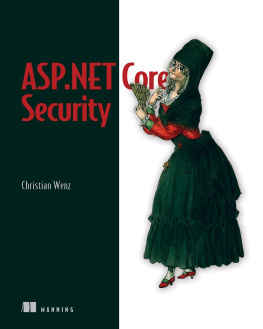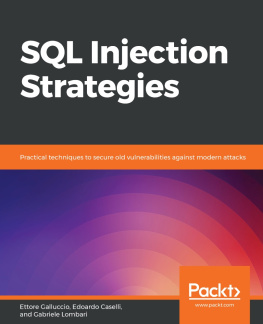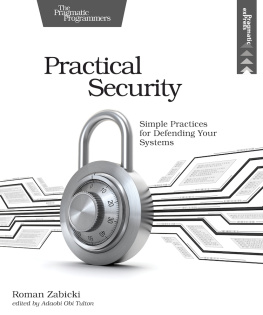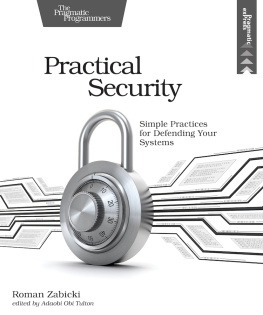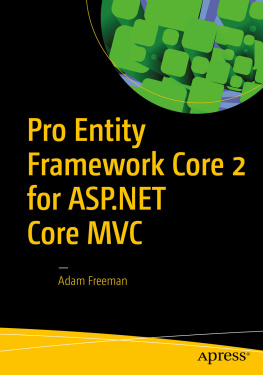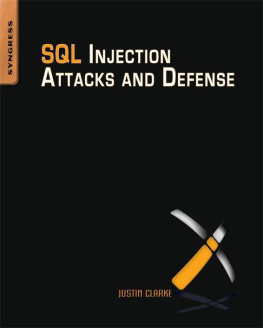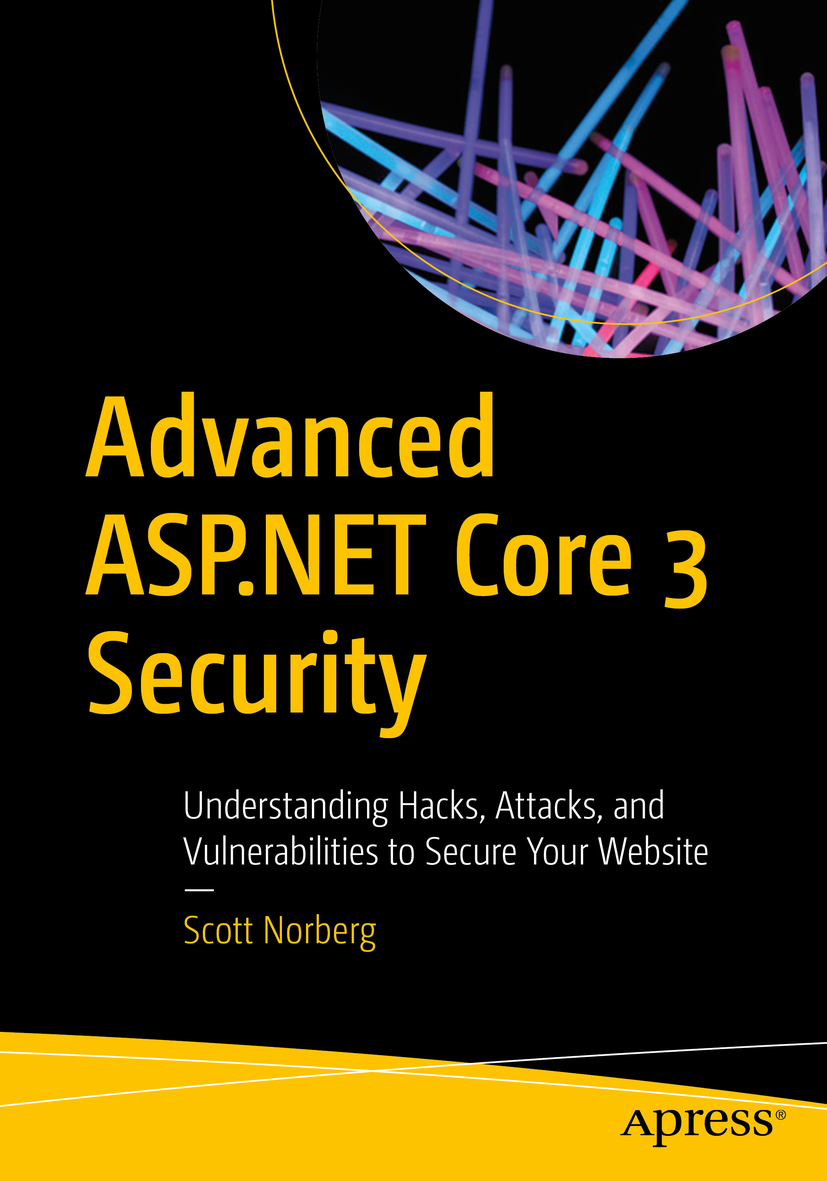Scott Norberg - Advanced ASP.NET Core 3 Security: Understanding Hacks, Attacks, and Vulnerabilities to Secure Your Website
Here you can read online Scott Norberg - Advanced ASP.NET Core 3 Security: Understanding Hacks, Attacks, and Vulnerabilities to Secure Your Website full text of the book (entire story) in english for free. Download pdf and epub, get meaning, cover and reviews about this ebook. year: 2020, publisher: Apress, genre: Computer. Description of the work, (preface) as well as reviews are available. Best literature library LitArk.com created for fans of good reading and offers a wide selection of genres:
Romance novel
Science fiction
Adventure
Detective
Science
History
Home and family
Prose
Art
Politics
Computer
Non-fiction
Religion
Business
Children
Humor
Choose a favorite category and find really read worthwhile books. Enjoy immersion in the world of imagination, feel the emotions of the characters or learn something new for yourself, make an fascinating discovery.
- Book:Advanced ASP.NET Core 3 Security: Understanding Hacks, Attacks, and Vulnerabilities to Secure Your Website
- Author:
- Publisher:Apress
- Genre:
- Year:2020
- Rating:3 / 5
- Favourites:Add to favourites
- Your mark:
Advanced ASP.NET Core 3 Security: Understanding Hacks, Attacks, and Vulnerabilities to Secure Your Website: summary, description and annotation
We offer to read an annotation, description, summary or preface (depends on what the author of the book "Advanced ASP.NET Core 3 Security: Understanding Hacks, Attacks, and Vulnerabilities to Secure Your Website" wrote himself). If you haven't found the necessary information about the book — write in the comments, we will try to find it.
Incorporate best practices with ASP.NET Core security. This book includes security-related features available in the framework, and security topics rarely covered elsewhere. It digs deep into the ASP.NET Core 3.1 source code, explaining how something works (or how to fix a problem).
What You Will Learn
- Discern which attacks are easy to prevent in the framework and which are challenging
- Dig into ASP.NET Core 3.1 source code to understand how the security services work
- Establish a baseline for understanding how to design more secure software
- Properly apply cryptography in software development
- Take a deep dive into web security concepts
- Validate input in a way that allows legitimate traffic but blocks malicious traffic
- Understand parameterized queries and why they are so important to ASP.NET Core
- Fix issues in a well-implemented solution
- Know how logging works and its weaknesses in ASP.NET Core
- Incorporate security in every phase of the software development process
Who This Book Is For
Software developers who have experience creating websites in ASP.NET and want to know how to make their websites secure from hackers and security professionals who work with a development team that uses ASP.NET Core. A basic understanding of web technologies such as HTML, JavaScript, and CSS is assumed, as is knowledge of how to create a website, and how to read and write C#. You do not need knowledge of security concepts, even those that are often covered in ASP.NET Core documentation.
Scott Norberg: author's other books
Who wrote Advanced ASP.NET Core 3 Security: Understanding Hacks, Attacks, and Vulnerabilities to Secure Your Website? Find out the surname, the name of the author of the book and a list of all author's works by series.





